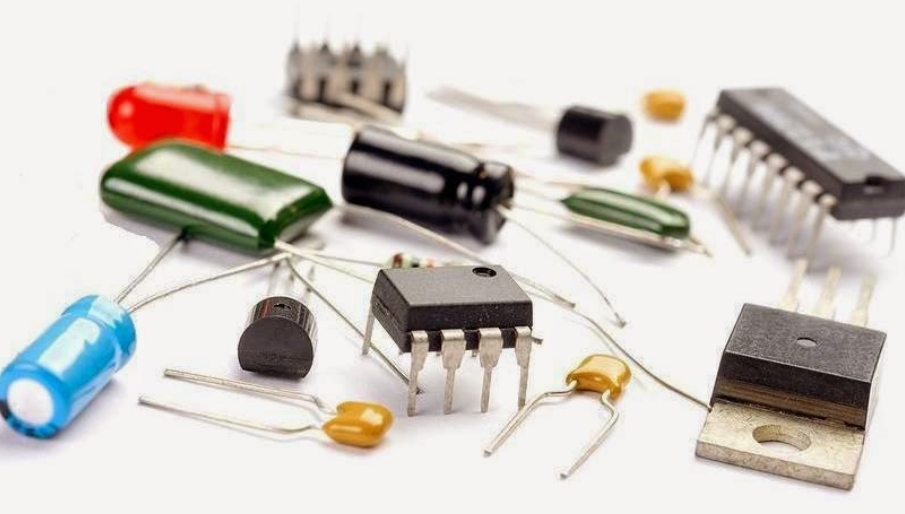Technological devices have become essential to human life, and they become communication, entertainment, business, and other activities. The effectiveness and versatility of these devices hinge on a string of interrelated essential elements.
A deep insight into the components of electronic devices helps in the appreciation of contemporary electronic gadgets and repair or even, at times, in the development of those gadgets.
Power Supply
The power supply system is the core of any electronic device. It supplies the electrical energy required to run the device or gadget. Voltage and voltage regulators with metal cans regulate electrical energy from a voltage supply such as a battery or electrical outlet to a form that can power the internal parts.
The system controls the voltage and current to provide a constant and stable power supply to the complex internal circuits that dictate the device’s functioning.
Microprocessor and Microcontroller
Every electronic device has a tiny element known as a microprocessor or microcontroller, commonly nicknamed the device’s heart’. The microprocessor is responsible for executing instructions and manipulating data, hence its abilities.
Microcontrollers, for their part, are for specific control aspects of the device and are equipped with memory, I/O ports, and a processor in a single chip. Such components are necessary for controlling various operations of such devices, starting with simple appliances and ending up with computers.
Memory Components
Memory is another essential part of electronic devices; it can store data and instructions. Some of the memory standards in the use of electronic devices are Random Access Memory (RAM), Read-Only Memory (ROM), and flash memory.
RAM is a type of temporary storage in which data is stored in response to current activity and is deleted when the device is powered off. ROM, however, is permanent and contains instructions on how the device needs to begin its operations. USB drives and SSDs contain data in the long term and can hold the information even when it is not being supplied with power.
Input and Output Components
Input and output components allow communication between the user and the device. Data entry and control input components for a device include a keyboard, touch screen, and a sensor.
Peripherals, which include display units for video, audio, and output printers, offer the results of the particular device’s operation to the user. These components of electronic devices are crucial for external communication with the user and, in many cases, the user interface; thus, the tool is not a mere gadget but a functional device.
Circuit Boards
Also known as print boards, printed circuit boards (PCBs) provide wiring between all the internal components of electronics. PCBs act as the hardware upon which other components, such as resistors, capacitors, and transistors, are placed and soldered using copper pathways.
They guarantee that signals are well conducted from one component to the other to keep the device operating and dependable.
Conclusion
The components of electronic devices are numerous and complex and are very important in their operation. From the power supply that provides energy in the circuit down to the microprocessor that controls the overall functioning of the gadget, they should be well coordinated to ensure the best functioning of the device.
